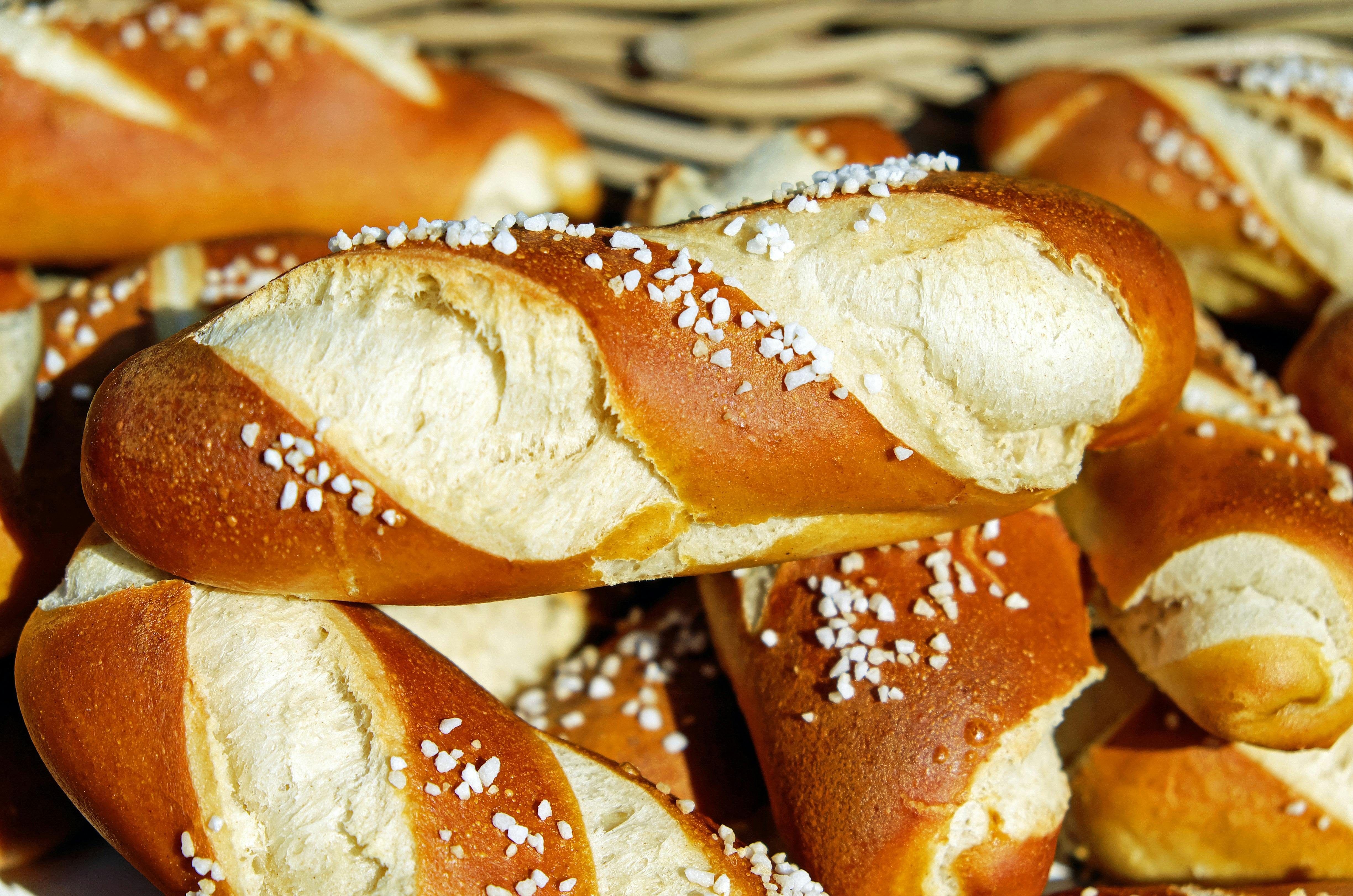What Temperature Do You Bake Potatoes At,

Otherwise, they are going to explode inside your oven, that's both messy and very dangerous. To bake potatoes in the conventional oven, Nicolette M. Dumke, author of “Cooking 101: The Beginner's Guide to Healthy Cooking,” recommends a temperature which can be between 350 to 400 degrees an excellent one-and-a-half hours. If you are baking larger potatoes or want an extra-crispy finish, utilize higher temperature. For smaller potatoes or if you intend to slow the cooking right down to coordinate along with the rest of your meal, utilize the lower temperature. A convection oven works on the fan to flow the hot air that naturally gathers near the top of the oven, redistributing it so food cooks faster.
Wash the potatoes, cut any rotten bits out and take any green skin; otherwise maintain good skin intact e.g. like preparing to make baked potatoes. Then microwave them until cooked (when you would for baked potatoes); or if there isn't a microwave place them inside a saucepan and boil in water around the hob until cooked, about twenty minutes. Remove all of the green outer leaves on the cauliflower. Cut a deep cross in the bottoom of the cauliflower's steam. Place the cauliflower from the colander, squeeze lid at the top and steam for 10-20 minutes.
While the cauliflower is steaming start preparing the cheese sauce by weighing and measuring every one of the required ingredients and lay against each other in front of you making it too hand with every one of the appropriate kitchen utensils. Grate the cheese meant for the sauce. Now comes the tricky bit which I use to always fail until I read a 1940s recipe; actually making the cheese sauce. You can use your favourite hard cheese or perhaps a selection of cheeses; due to this recipe I used cheddar cheese broken into small pieces as well as a light sprinkling of mozerella.
Put the margarine (or butter) inside a saucepan and place for the hob (over a high temperature) to melt. Continue heating the margarine, flour and milk mix; briskly whisking the full time with all the whisk prior to the mix starts to boil and thickens. Remove the mix through the heat, include a teaspoon of English mustard along with the grated cheese, and gently mix the grated cheese in using the whisk until melted.
For this recipe many times that 1 pint of milk provides more than ample cheese sauce, in that case ideas for what to do with surplus cheese sauce get below. From my experience I've learnt that precise degrees of any from the ingredients will not be critical, so using a bit of practice you'll be able to vary the quantities yourself to taste. For example the margarine is merely needed as being a lubricant to prevent the flour from burning inside the saucepan so regardless to your quantity on the other ingredients you simply need a knob of butter (or margarine).
The flour adds thickness on the mix as well as the milk helps it be more liquid so it may be varied combined to tweak the consistency of one's sauce; plus the more cheese you add the cheesier the sauce is. However, don’t overdo it about the flour or maybe you could end up which has a sauce that’s a touch too thick and doughy.
Once the potatoes are cooked leave to cool down; until cool enough to address. Once the cauliflower is steaming for ten mins remove and leave to chill; until cool enough to deal with. Grease two baking trays with margarine. Cut the tomatoes in half and put in one with the baking trays.
Once the potatoes are cool enough to take care of cut them in two if small potatoes or quarters longitudinally (lengthwise) for larger potatoes and position them in the baking tray along with all the tomatoes. Cut or break each of the cauliflower floret from your thick main stem. Cut the key stem into thick chunks (waste not, want not). Place the individual cauliflower florets plus the chunks of steam in to the second baking tray and spread them out evenly.
0 Response to "What Temperature Do You Bake Potatoes At,"
Post a Comment